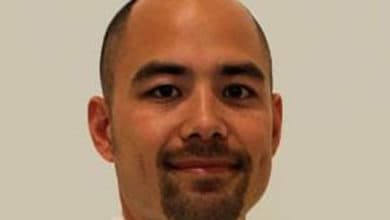Volunteering at a hospital may seem like a unique extracurricular because it’s a unique experience for you personally. Unfortunately, the reality is that thousands of other pre-meds are doing the same thing. Therefore, how you differentiate yourself may be what gets you accepted into medical school.
During a med school coaching session with one of my clients, we began talking about his experience volunteering in the emergency room. As he told me about this experience, I wondered how we could make him stand out among the many applicants who also volunteered in the emergency room.
Emergency! You Must Differentiate Yourself as a Volunteer
When my client noted that one of his responsibilities was training other emergency room volunteers, this is what truly struck me as the unique experience.
To leverage this experience, I recommended that he develop a proposal for creating an improved training manual for emergency room volunteers – which he did. He presented this new manual to his supervisor, which led to a meeting with the Chief of the Emergency Department.
Since many experiences that medical schools require are similar, you must be proactive about finding opportunities to exploit. Think outside the box to come up with ideas that you can realistically and appropriately execute. This can be hard to do if you’re new in a role, but you can keep it in mind as you continue to learn and observe more.
Find Exploitable Opportunities to Make Yourself Stand Out
Any idea you propose must ultimately provide added value. It can’t only be because you think it’s fun or interesting. For example, for healthcare initiatives, it must enhance the patient’s wellbeing. To determine feasibility of potential ideas, ask yourself two questions:
- Are there areas where you can improve processes?
For instance, if you’re doing administrative work at a clinic, is the workflow optimal or are there redundancies leading to unnecessary work? If so, perhaps you could propose ways to streamline the workflow. - Where can you provide incremental value to improve an experience?
For instance, I have a client who does art therapy with pediatric patients. She came up with a great idea of having an art exhibit to display the children’s artwork.
Once you have a potential idea, develop a well-thought-out proposal before approaching your supervisor. Create a short document that clearly outlines the problem you’re addressing, the solution you’re proposing, the rationale for why the solution will add value, and a timeline for completing it.
Anticipate questions you might be asked, and proactively include solid and succinct responses within your proposal.
Once your proposal is finalized, set up a meeting with your supervisor to present your proposal. If your supervisor agrees, then congratulations. That’s a great start! After presenting, determine how you can make your proposal actionable and take active steps to lead the execution. This will give you remarkable experience and provide you ample content you can use to get into medical school and beyond.
To be successful as a student, as well as a physician, you need to find ways to overcome barriers and solve problems. This effort alone could help you find your way out of the box and into medical school.



